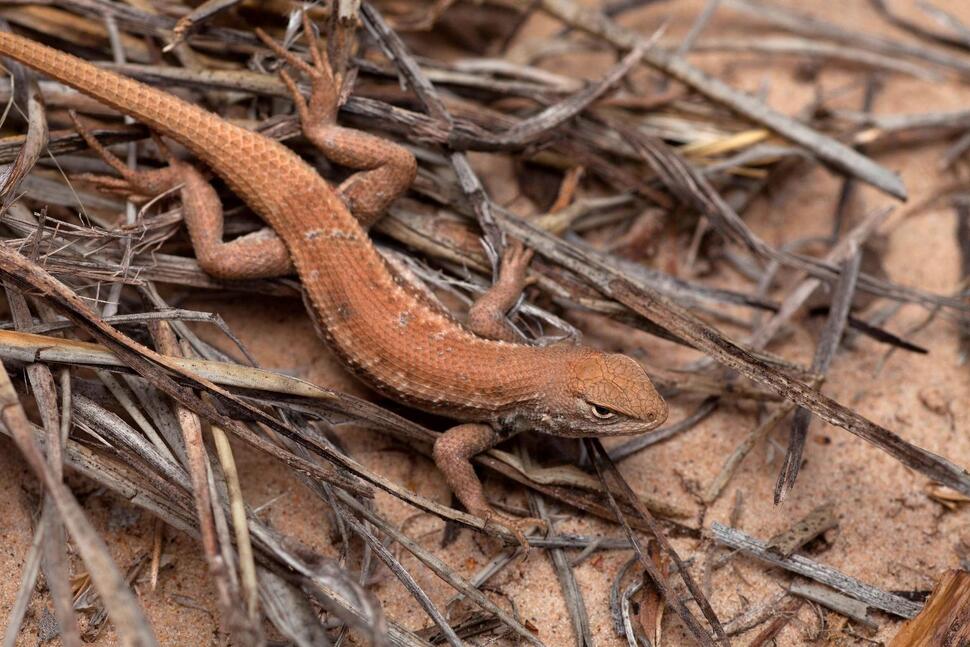Federal wildlife officials have declared the dunes sagebrush lizard, found in southeastern New Mexico and West Texas, an endangered species. This decision comes amid concerns over future energy development, sand mining, and climate change, which threaten the lizard’s survival in one of the world’s most lucrative oil and natural gas regions.
The U.S. Fish and Wildlife Service stated, “We have determined that the dunes sagebrush lizard is in danger of extinction throughout all of its range,” and noted that the lizard is already “functionally extinct” across 47% of its habitat. The fragmentation of the lizard’s remaining habitat, preventing it from finding mates beyond its immediate vicinity, is a significant concern for biologists.
The service highlighted that even without further expansion of the oil, gas, or sand mining industries, the existing operations will continue to negatively impact the lizard. This determination, published in the Federal Register, concludes a twenty-year battle between the U.S. government, conservationists, and the oil and gas industry. Environmentalists applauded the decision, while industry leaders criticized it as detrimental to future fossil fuel production.
Bryan Bird, the Southwest director for Defenders of Wildlife, called the decision a “lifeline for survival” for a unique species that has been threatened by fossil fuel interests. Bird lamented the prolonged political and administrative delays that have endangered the lizard’s population.
Conversely, the Permian Basin Petroleum Association and the New Mexico Oil & Gas Association expressed disappointment, arguing that the listing ignores substantial state-sponsored conservation efforts and scientific evidence. They fear it represents federal overreach that could harm local communities dependent on the industry.
The dunes sagebrush lizard, which inhabits only the Permian Basin—the second-smallest range of any North American lizard—relies on sand dunes and shinnery oak for habitat. Environmentalists first sought protection for the species in 2002, with federal officials recognizing its plight in 2010. However, political pressure delayed its listing until now.
The Fish and Wildlife Service acknowledged past conservation agreements in New Mexico and Texas but concluded that the risk of extinction remains high despite these efforts. The ongoing network of roads restricts the lizard’s movement and increases mortality rates, while industrial development continues to degrade their habitat.
